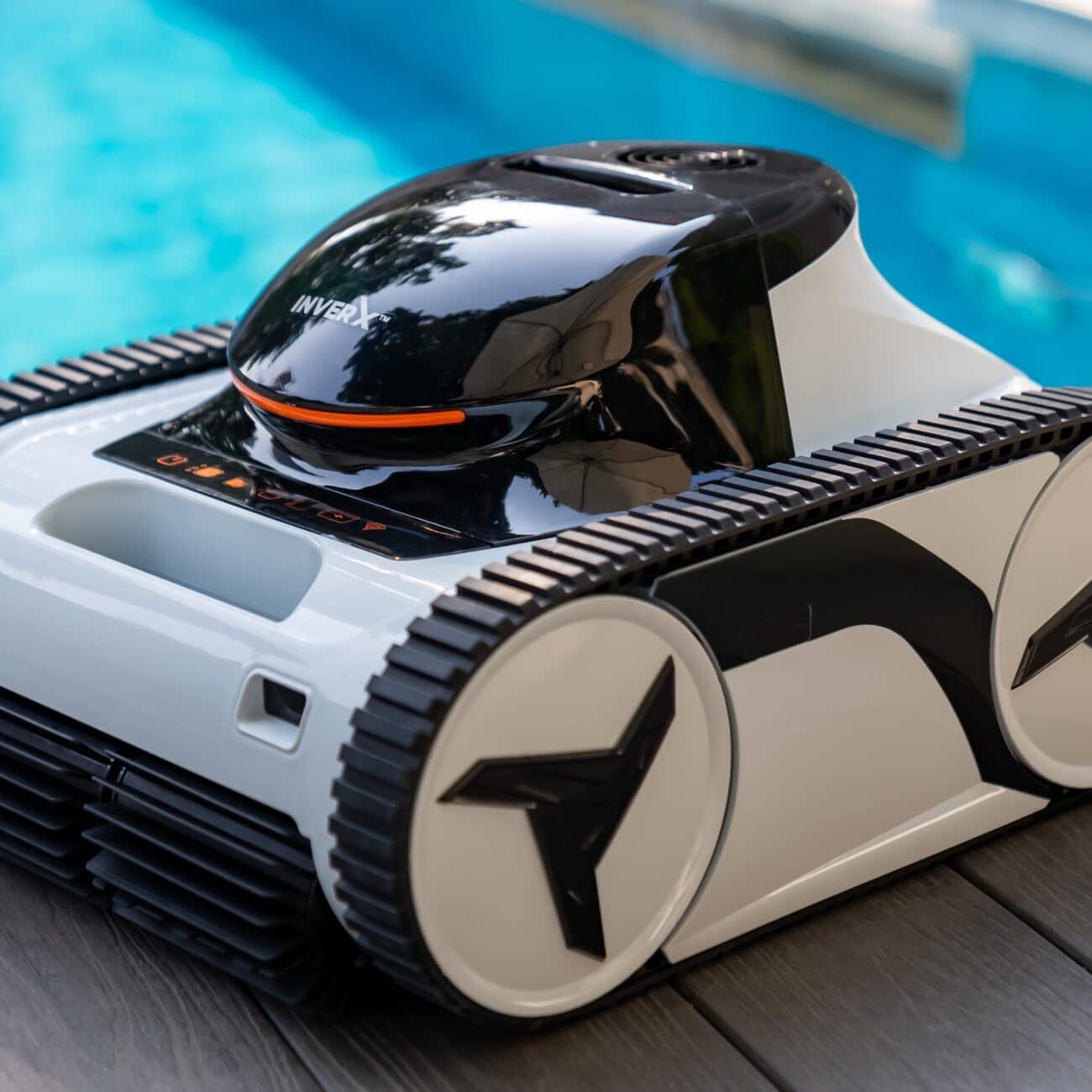
There are two major types of pools based on how they are built.
It is easier to find an RPC for above ground pools because there are only a few available in the market to choose from. If you have an inground pool, plenty of other factors are needed to be considered.
Is your pool floor made of tiles, vinyl, or fibreglass? Make sure to investigate first if certain robotic cleaners are compatible with your pool floors. For example:
Does your pool have multiple steps, inclines, and slopes? Choose a robotic pool cleaner that has the ability to climb steps and inclines. A lot of robotic cleaners don’t clean on difficult corners or don’t climb steps. There are also types that can climb walls vertically. Make sure that your pool walls are sturdy enough for the machine to suck up to. Also, check the maximum pool dimensions to ensure your robotic cleaner has sufficient cable to reach each corner of the pool from the power supply.
Debris/dirt size is measured in microns, which is short for micrometer (one-millionth of a meter).
The smaller the micron value, the smaller the debris a robot cleaner’s filter can clean out from your pool water. Descriptive terms like ‘mesh’ or ‘fine’ do not matter. Make sure that the micron value is small if you want to really clean your pool.
Most units usually have several settings or cleaning cycles you can program them for. The regular settings for the robotic cleaners mostly determine the amount of time they will clean before shutting off. Some only have a single cycle, while others have multiple.
Some models are remote-controlled which allows you to control and monitor the progress of the cleaning cycle anytime, anywhere. Such as our EvoluX series that comes with iAquaLink™ app connectivity. The cleaner functions can be monitored and controlled via the app. Some models allow the cleaner to be controlled and driven towards a specific dirty area in the pool.
2-3 years is common on most models. This way, if there is any problem with your pool cleaner, you’re covered by the manufacturer. They will fix it for you or replace the device, and you won’t suffer a loss.